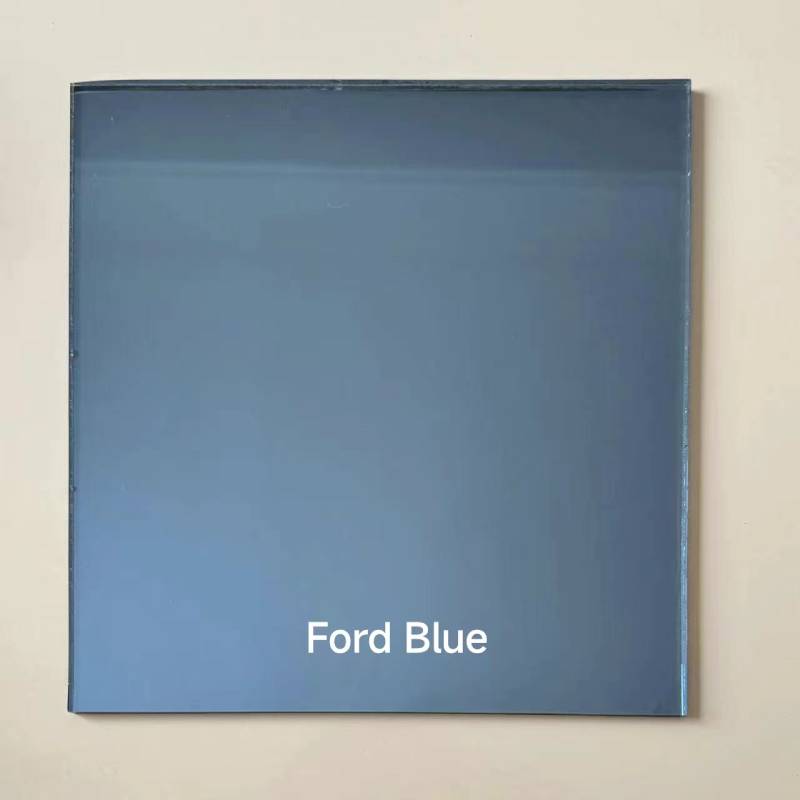

Understanding Low-E366 Glass Benefits and Applications
Low-E (Low Emissivity) glass is an innovative glass technology designed to improve energy efficiency and optimize thermal comfort in buildings. Among the various types of Low-E coated glass, Low-E366 glass stands out due to its impressive performance characteristics. This article delves into the composition, benefits, and applications of Low-E366 glass, highlighting why it is becoming increasingly popular in modern construction.
What is Low-E366 Glass?
Low-E366 glass is a type of insulated glazing that has a thin metallic coating on one side. This coating reflects a significant portion of infrared radiation while allowing visible light to pass through. The number 366 indicates its ability to reflect solar heat during the summer (e.g., 60% of solar heat) while allowing sunlight to warm interiors during the winter. The specific wavelengths of light that can penetrate through the glass make it ideal for maximizing natural light within buildings while minimizing heat loss.
Benefits of Low-E366 Glass
1. Energy Efficiency One of the most significant advantages of Low-E366 glass is its energy efficiency. By reflecting heat, it reduces the reliance on heating and cooling systems, leading to lower energy bills. This not only makes it an economical choice for homeowners but also reduces the carbon footprint of buildings.
2. Enhanced Comfort Low-E366 glass provides superior thermal comfort. By maintaining a consistent indoor temperature, it minimizes drafts and cold spots near windows, creating a more pleasant living and working environment.
3. UV Protection The coating on Low-E366 glass helps block harmful ultraviolet (UV) rays that can fade fabrics, artwork, and other materials. This protection extends the lifespan of furnishings and interior decor, safeguarding your investments.
4. Aesthetic Appeal Despite its thermal properties, Low-E366 glass does not compromise on aesthetics. It provides a clear view with minimal distortion, allowing architects and designers to utilize large expanses of glass without sacrificing energy efficiency.

5. Sustainability The increased energy efficiency of buildings using Low-E366 glass contributes to sustainability goals. Many green building certifications, such as LEED (Leadership in Energy and Environmental Design), reward the use of energy-efficient materials, making Low-E366 glass an attractive option for environmentally conscious builders and property owners.
Applications of Low-E366 Glass
Low-E366 glass is versatile and can be used in various applications, including
- Residential Buildings Homeowners are increasingly opting for Low-E366 glass windows to enhance energy efficiency and comfort in their houses. This type of glass is especially beneficial in regions with fluctuating temperatures.
- Commercial Structures Many commercial buildings utilize Low-E366 glass to create energy-efficient office spaces, retail environments, and educational facilities. The improved thermal performance translates to lower operating costs for businesses.
- Skylights and Curtain Walls Architectural designs that feature extensive glass, such as skylights and curtain walls, can benefit from Low-E366 glass's ability to provide natural light while maintaining temperature control.
Conclusion
Low-E366 glass is increasingly recognized for its numerous advantages, ranging from energy efficiency and comfort to aesthetic appeal and UV protection. As the demand for sustainable building materials continues to rise, Low-E366 glass is positioned as a popular choice for both residential and commercial applications. Investing in Low-E366 glass not only enhances a building's energy performance but also contributes to a healthier and more sustainable environment.